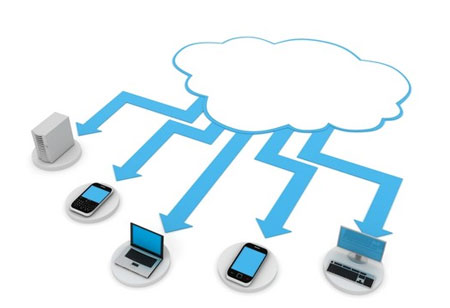THANK YOU FOR SUBSCRIBING
Cloud Computing Affecting Disaster Recovery Planning
Critical applications increasingly being moved to the cloud is a major change for IT risk management and disaster recovery, as an organization's disaster recovery and business continuation fate are handed over to third-party vendors.

By
Apac CIOOutlook | Thursday, January 01, 1970
Stay ahead of the industry with exclusive feature stories on the top companies, expert insights and the latest news delivered straight to your inbox. Subscribe today.
Every CIO seeks to have a simple disaster recovery strategy to follow when the time calls for it. Ofcourse, relying on a 200-page procedure to recover from a disaster is a not a good idea, especially during emergencies. Once a system failure occurs and the pressure is on, it is quixotic to expect someone to adhere to complex procedures without committing any error; not hust theoratically, but practically, systems should recoverable with just one click.
Critical applications increasingly being moved to the cloud is a major change for IT risk management and disaster recovery, as an organization's disaster recovery and business continuation fate are handed over to third-party vendors.
Today’s best of breed cloud solutions enable organizations to turn their data recovery system into a live clone of the IT environment. It can even be used as a development and test platform without impacting production. Moving this workload completely into the cloud eliminates the need for cumbersome and expensive maintenance of development/test environments.
To minimize downtime by utilizing multiple layers of instant recovery capability to recover an independent off-site location (cloud) will have a major impact. IT managers who have hosted applications on cloud, or are thinking of doing so, should perform the same DR due-diligence they would for in-house infrastructure.





